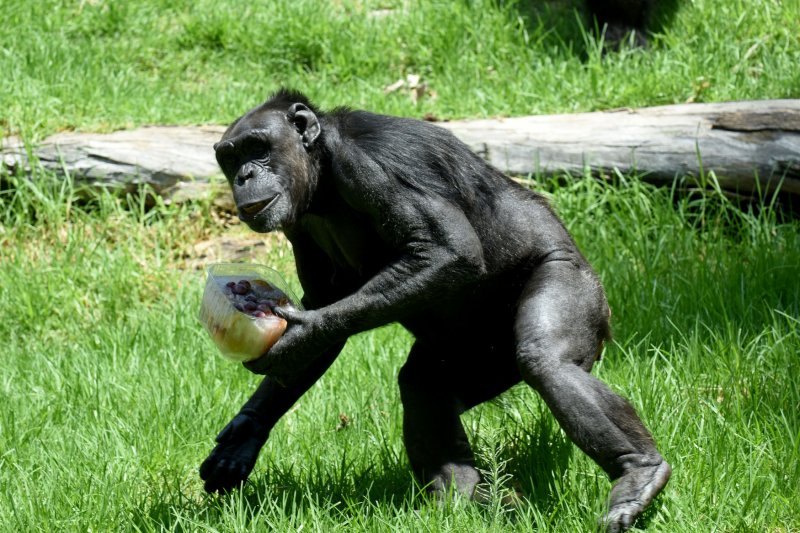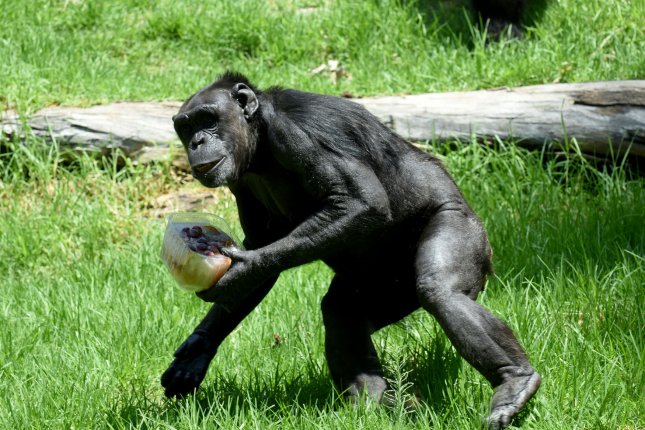April 6 (UPI) — Scientists have solved a century-long puzzle involving malaria parasite infection in people and chimpanzees, a study released Wednesday reveals.
A report published in the peer-reviewed Nature Communications journal explains the origins of the parasite Plasmodium malariae, or P. malariae.
Before evolving to infect humans, experts have discovered that the P. malariae, one of the least well-understood parasites, originates in African apes.
Scientists from the University of Edinburgh in Scotland and the University of Pennsylvania collaborated on analyzing the parasites’ DNA to make the breakthrough finding in the National Institutes of Health-funded study.
Researchers say an infection with P. malariae, one of the six species that spreads malaria among humans, is often mild.
However, untreated, it can cause potentially chronic, lifelong infections.
The mystery dates back to the 1920s, when experts discovered chimps infected with parasites that appeared under microscopes to be identical to P. malariae.
Until now, scientists had assumed that both parasites belonged to the same species.
This couldn’t be verified in the past because the chimpanzee strain’s genetic makeup hadn’t before been studied.
DNA analysis has shown that there are three distinct species. P. malariae is the parasitic protozoan that primarily infects humans, while the other two species infect apes.
Central and West Africa-based chimps, gorillas and bonobos were found to be sources of one of the two ape-infecting parasite species that was previously unknown.
The study found that it is only “distantly related” to the human parasite.
Meanwhile, scientists found that the other ape parasite is a closer match to the one that infects people. This knowledge helped researchers more closely compare the two species’ diverse genetic makeups.
According to the University of Edinburgh, this finding revealed that the human malaria parasite population went through a genetic bottleneck, causing a temporary shrinking of its population.
Most of the parasite’s genetic variation was lost as a result, the research team found.
Scientists assume this occurred because P. malariae started out as an ape parasite, but a small number of parasites switched hosts and began to infect people.
“Our findings could provide vital clues on how it became able to infect people, as well as helping scientists gauge if further jumps of ape parasites into humans are likely,” said Edinburgh’s Lindsey Plenderleith, lead researcher of the study.
An estimated 241 million malaria cases and 627,000 malaria deaths were reported worldwide in 2020, according to the World Health Organization.

